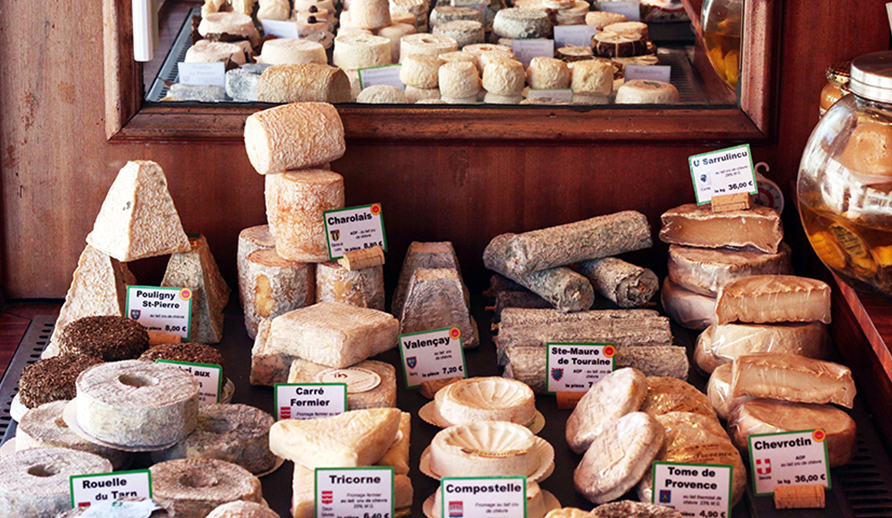
Packaging takes different forms depending on the product it contains. Being such a part of everyday life, nobody really pays attention to it. However, there is a relevant question: why are products packaged like this? Since there are so many of them, this article will not dwell on each one. The answer will therefore be provided based on a few examples from a 2013 report by the National Packaging Council.
Why are yoghurt pots sold in batches?
The vast majority of yogurts bought in supermarkets have a similar packaging: a cylindrical jar with a lid to ensure its closure. In general, it is made of plastic and surrounded by a paper band. They are tied together in batches of 4, 6 or 8 and sometimes wrapped in lightweight cardboard to ensure a larger batch of 8, 12 or 16 jars. Each of them contains about 125 g of milk product.
This type of packaging is common in France. Some European neighbors prefer another format: a single pot containing 150 to 500 g of yogurt. It is therefore a sort of societal standard adopted and perpetuated, specific to each country.
Why are cans often made of metal?
Cans are very popular in France. Nearly 100% of households consume them, at a rate of more than 50 kg per year and per inhabitant. That’s twice as much as the European average! 90% of the French market is covered by metal cans. The remaining 10% of packaging is divided between glass and cardboard boxes.
Metal cans are made of steel or aluminum. By being perfectly hermetic to light, they ensure an optimal protection of the food they contain. The latter can therefore be preserved for several years while keeping their gustatory and nutritional qualities. Several sizes are offered according to the needs, which allows them to be adapted to the size of the households.
Moreover, steel and aluminum are recycled and can be recycled endlessly, without any degradation of their properties. They are therefore materials that help to reduce environmental impact. In thirty years, the amount of material in these cans has been reduced by 21%, but their solidity has not been compromised. In fact, the presence of mouldings on the sides of the cylinder has increased their rigidity.
Why is milk packaged in bottles or cartons?
Milk is a fragile product which degrades in the light. Also, unless it is pasteurized and sold in the fresh section, it is packaged in opaque packages. Its shelf life is then much longer.
How is this opacity obtained? That depends initially on the container: bottle or brick. The bottle is most often made of multilayer HDPE, high density polyethylene. Its internal face is covered with carbon black to prevent the light to cross it. If the milk is pasteurized and kept in the refrigerated section, this black film is not present.
Concerning the bricks, they are made of successive layers: cardboard, aluminium and polyethylene. The cardboard is mainly used as support for the information and rigidifies the brick. The aluminum provides a barrier against light while the plastic allows the whole to be hermetic.
Several sizes of bottles and bricks are offered for sale, ranging from 20 centiliters to one liter. The latter is the most commonly found in French homes. Most of them have a cap to allow consumption in several times. The small sizes are more intended for a nomadic use.
Laundry: multiple packaging possibilities
Whether liquid, powder, tablet or liquid single-dose, laundry detergent comes in many forms. Liquid detergent is the most common, occupying 32% of the European market in 2016, according to the source statista.com. Its preferred packaging is an HDPE canister, while powder is stored in a moisture-resistant cardboard box. The bottles have the dual advantage of being resealable and allowing the detergent to be easily poured directly into the washing machine compartment.
Most players offer eco-refills, which have less impact on the environment because they contain less plastic. However, consumers are not embracing them: the market share has dropped from 20% in 1997 to 3% in 2008.
In recent years, single-dose capsules have been gaining market share. These are a defined dose of liquid detergent encapsulated in a plastic film. It is sometimes accompanied by a softener or another active agent in the same dose. The material used is PVA, for PolyVinyl Alcohol. It is a plastic perfectly soluble in water. Therefore, it is enough to put the capsule directly into the drum, for an optimal dosage of detergent.
The detergents are offered for sale in different packaging formats, allowing to adapt to the needs of the household. In recent decades, the concentration of detergents has been improved, drastically reducing the amount of packaging needed to contain the equivalent of one dose of detergent. The ecological impact has therefore been optimized at the same time.
On a daily basis, each product is therefore presented in a particular form, recognizable by habit. These codes have been adopted for practical, hygiene, conservation and waste reduction reasons. In spite of some evolutions made for certain products, the shape and the materials of the packagings remain globally similar since several years.
To find out more about Flexico’s waste management policy, visit Flexico, an eco-responsible player.


